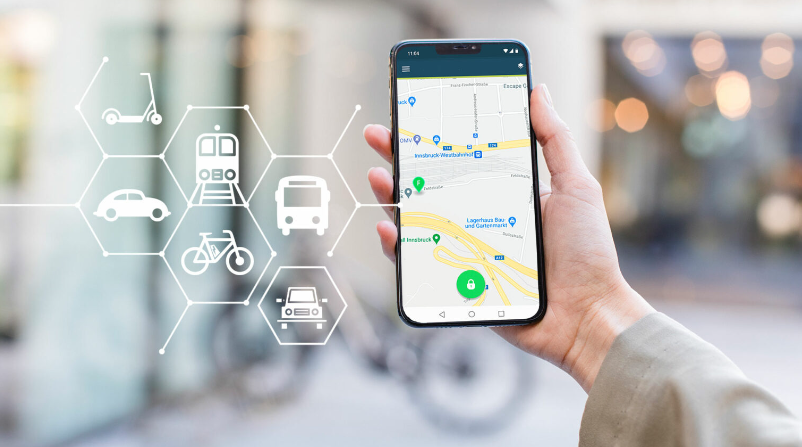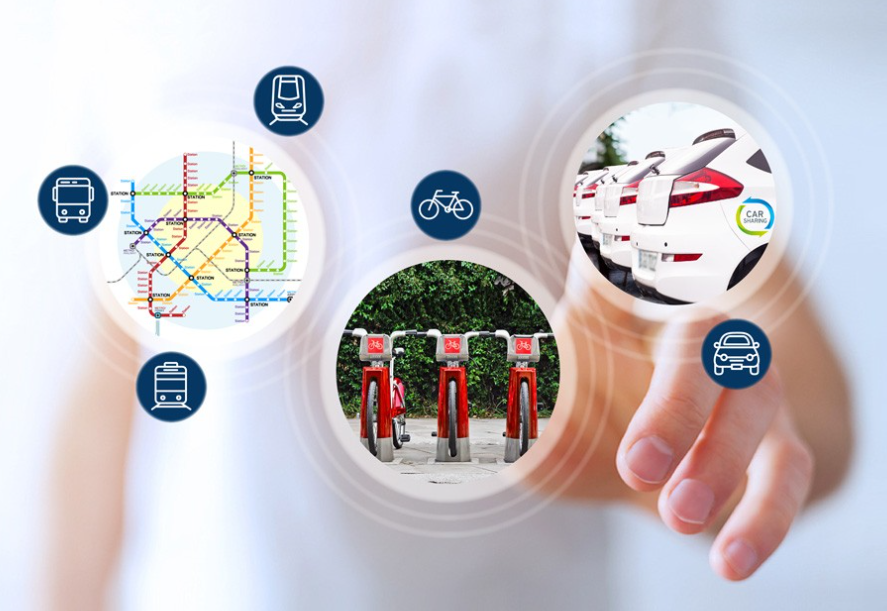
Integrated ticketing has been in place in many cities for decades, with varying levels of technological sophistication and covering different combinations of transport modes within specified zones and time limits. In some instances, it involves simple proof of payment, such as a paper ticket or a magnetic stripe card, which grants access to different modes of transport for a set period. This approach is straightforward and widely adopted, though not the most advanced form of integrated ticketing.
Best practices now involve smart systems capable of identifying and charging for trips across multiple modes. Typically, these systems deduct fares from a prepaid balance using various card types or even smartphones, supported by a modern technical infrastructure.
The success of integrated ticketing depends on the system’s practical usability, its positive public perception, and its pricing, both in actual costs and in how affordable users perceive it to be.
Implementing integration across diverse transport modes can be challenging, as it requires coordination between multiple stakeholders, including operators, government authorities, financial service providers, telecommunication companies, and suppliers. Smooth coordination is critical for data exchange and automated financial transactions. Despite these challenges, many cities have successfully introduced integrated ticketing systems.
Cities can implement integrated ticketing directly if they manage public transportation or include it as a requirement in contracts when outsourcing services to private companies. In cases where multiple private operators provide competing services, coordination can be more complex. However, public agencies can act as neutral brokers, bringing stakeholders together to ensure cooperation and the successful implementation of integrated ticketing solutions.


